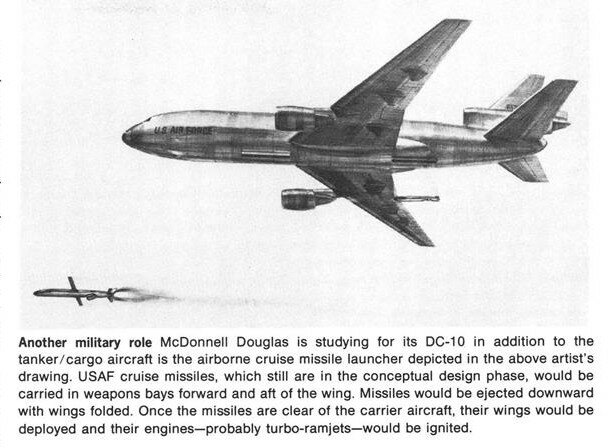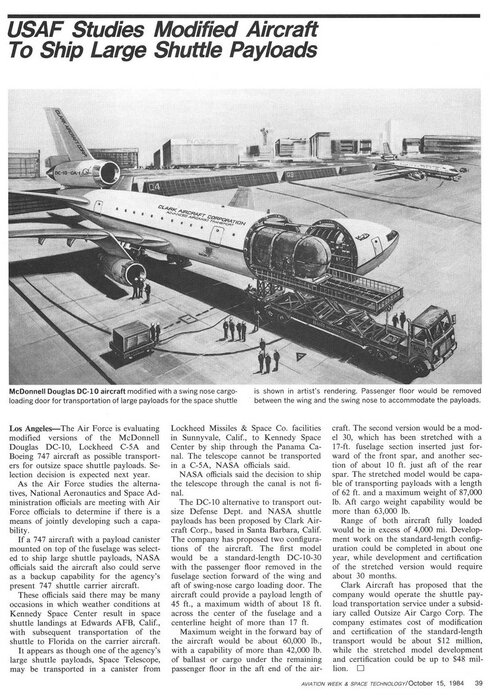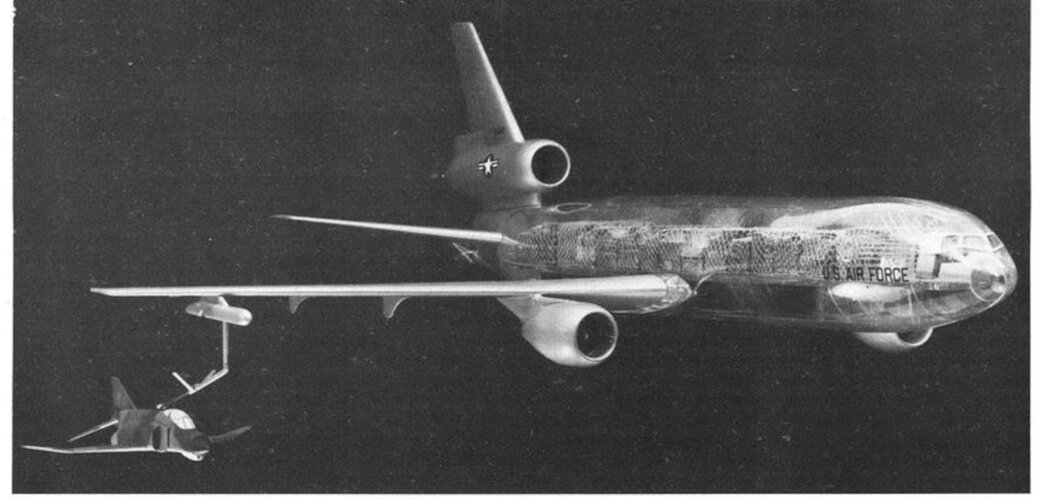- Joined
- 5 May 2007
- Messages
- 351
- Reaction score
- 409
Barring a KC-10 Extender (which is a DC-10-30CF variant) topic, this would appear to be the place for this. If not, I'd request the mods move this to appropriate place.
Posted by Periscope Film today (7-May-2020), a circa-1981(?) McDonnell Douglas promotional film for the McDonnell Douglas KC-10A Extender aerial tanker, including development and flight test footage. Film of the flying boom's structural testing, and its ability to operate "off-center" (for lack of a better term) is particularly interesting.
YouTube - Periscope Film: "U.S. AIR FORCE KC-10A EXTENDER REFUELING TANKER AIRCRAFT PROMO FILM MCDONNELL DOUGLAS DC-10 66544"
Posted by Periscope Film today (7-May-2020), a circa-1981(?) McDonnell Douglas promotional film for the McDonnell Douglas KC-10A Extender aerial tanker, including development and flight test footage. Film of the flying boom's structural testing, and its ability to operate "off-center" (for lack of a better term) is particularly interesting.
YouTube - Periscope Film: "U.S. AIR FORCE KC-10A EXTENDER REFUELING TANKER AIRCRAFT PROMO FILM MCDONNELL DOUGLAS DC-10 66544"




